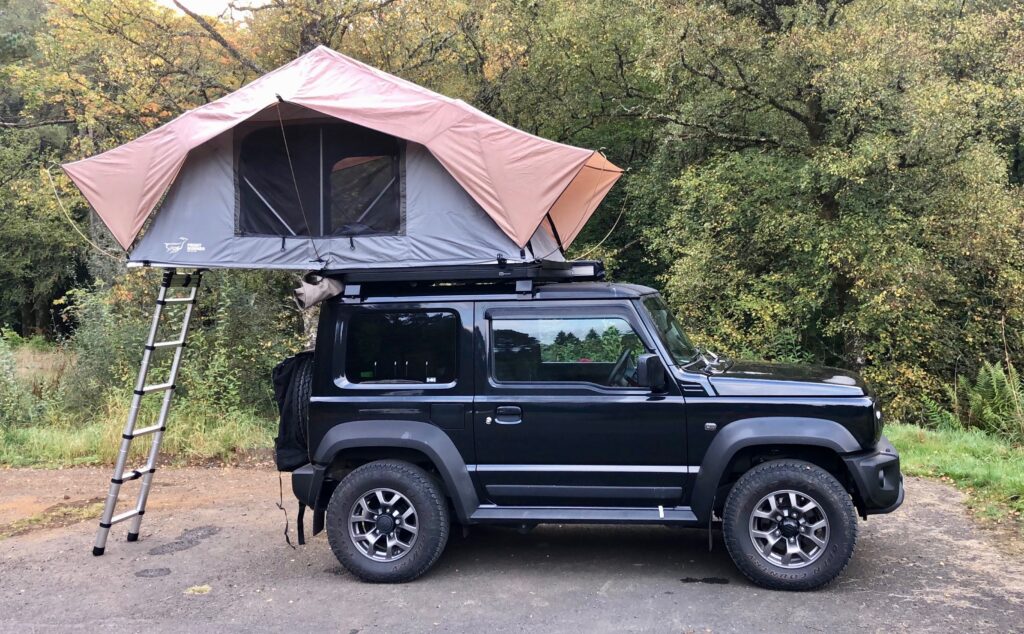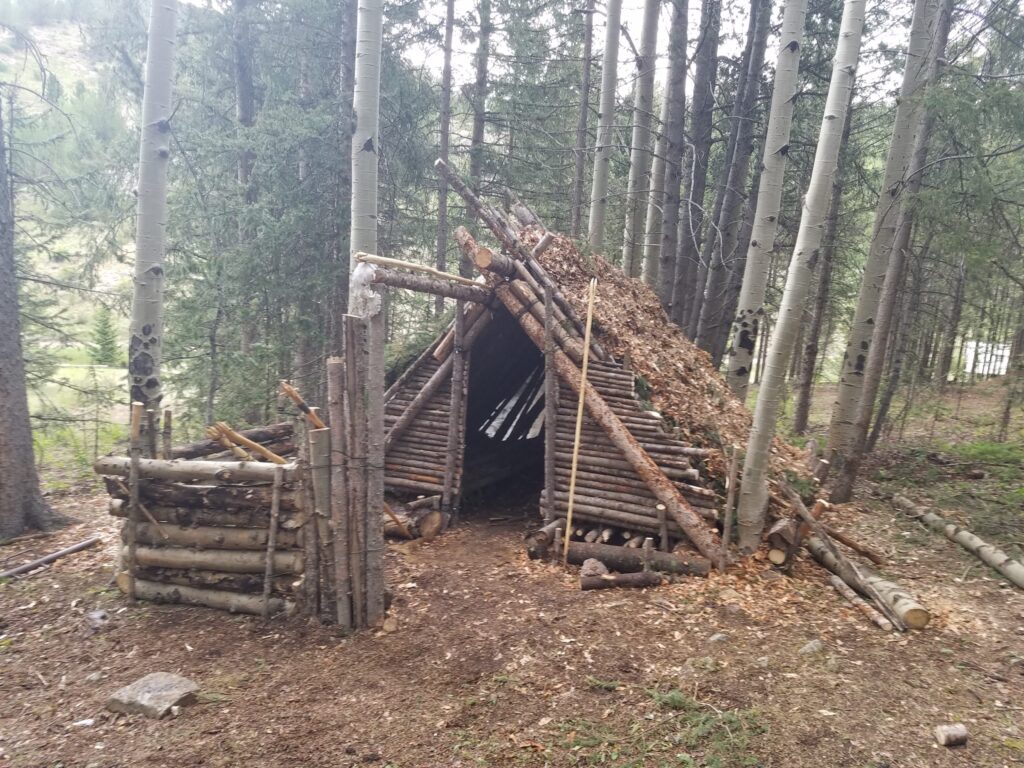Especially when it is wet outside, has rained, or the humidity outside is extremely high, condensation forms very quickly in the tent or rooftop tent. Condensation in a tent can be very uncomfortable. Especially when you want to sleep in the evening and your sleeping bag or blanket is damp.
Sometimes you can also clearly see the condensation on the tent walls. The water runs down the walls and collects at the bottom of the tent… not very pleasant, is it?
It doesn’t always have to be that your tent is leaking. Here I would like to show you a few solutions to high humidity in the tent.
Table of Contents
This is how you avoid condensation in the tent
There are actually some good solutions against condensation in the tent. The smaller the tent or rooftop tent, the faster a lot of water can form in the tent. Here I would like to go into detail about all the solutions I have already tested and used on my rooftop tents to stop condensation inside the tent.
If you follow all my tips in this article, you should no longer have problems with condensation or moisture in the tent.
Causes and solutions of heavy condensation or moisture inside the tent
Here I have listed most of the problems that occur with ground tents as well as rooftop tents with condensation. I have also described the possible solutions in detail.
Leaking or condensation
With tents made of polyester, it can happen that a few drops of water seep through the seams in certain places. The seams are sealed, but leaks can occur in hard-to-reach places, for example where extra flaps have been sewn on (sleeping cabins). That is why we recommend that you treat your tent’s seams with a seam sealer (from the inside). Leaking in the middle of the tent canvas is almost impossible unless the tent has visible holes or the coating is badly damaged. However, it is possible that drops from a leaking seam will get into the middle of the tent and fall there.

With a tent seam sealer, you can close possible defects/damage where water can penetrate.
Polyester does not breathe
Polyester canvas has the disadvantage of not being breathable. This means that condensation that has formed on the inside can only move in one direction and that is from the roof down. It then looks as if the canvas is leaking, but in reality, condensation is dripping down. The possible amount of condensation water is often underestimated. It really can be liters of water.
How is condensation formed?
Condensation can have five different causes:
Temperature difference
When the temperature difference between the inside and outside is large. So in the evening or after a rain shower, when the outside temperature cools down quickly while it is warm inside the tent.
Exhalation/body heat
By the moisture of breathing and the heat given off by the body. On average, a person loses 0.5 liters of moisture during the night. This moisture then condenses on the inside of the tent.
Warm and humid air
Due to high humidity, which we often have in summer, which penetrates from outside into the interior of the tent.
Wet or damp clothing
If you store wet or damp clothing or towels in the tent then you can expect significant condensation.
Wet ground or wet grass
Grass breathes too. Pitching your tent on a lawn will give off moisture/vapor. The taller the grass, the more condensation you will have inside your tent. This applies to tents with loose groundsheets.

How to reduce condensation inside the tent
The causes of condensation are now known. Unfortunately, it is not possible to completely avoid condensation because you have no influence on the weather conditions, for example. However, there are a few ways to keep condensation to a minimum.
Ensure good ventilation
If you buy a tent, choose a tent with good ventilation options. You can reduce condensation by opening ventilation windows or doors. If possible, always keep several vents open, one is not enough. A dehumidifier can also help. This is a container with special granules that absorb moisture, condensation, and musty odors from the air.
Warm climate? Keep the tent/rooftop tent closed during the day
Are you camping in a country with a warm climate? Then make sure that you keep the tent closed as much as possible during the day and only air it in the evening when it has cooled down. The evening air contains much less moisture. However, with a tent without a fixed ground sheet, it can be difficult to keep everything closed.
No wet things in the tent
Hang wet clothing or other wet items outside if possible. If you do not have this option, then pack the things well in a plastic bag so that no moisture gets into the tent.
Don’t cook in the tent
When you cook at home, you usually turn on the hood. This absorbs the warm air. Of course, you don’t have that luxury in a tent, so it’s better to cook outside.
Avoid gas and oil heating
As with cooking, warm air is released from a gas heater, increasing the chance of condensation. Therefore, avoid using a heater in your tent. You have to be very careful with gas or oil heaters anyway, as these heaters produce toxic carbon monoxide.
The use of anti-condensation mats
Another excellent way to stop condensation in the tent is to use an anti-condensation mat. You simply lay these mats on the tent floor and then put your normal mattress and sleeping bag or blanket on top. The material of these anti-condensation mats is chosen in such a way that it almost magnetically attracts the humidity and stores it inside the mat.
In the morning you can simply hang the anti-condensation mats outside in the open air where they can release the stored moisture back into the environment.
These mats are relatively cheap to buy and can be custom-cut to the size of your tent. But make sure that you buy a really high-quality anti-condensation mat, the cheap products are unfortunately mostly of inferior quality and not able to absorb enough moisture.

You can cut these anti-condensation mats to the right size for your tent. Pay attention to a high-quality product. There are many cheap products, but most of them are not very effective!

By following the six points above, you’ll do everything you can to keep condensation to a minimum. However, it is also completely normal and not 100% preventable that some condensation forms in a tent in humid weather. But with the measures mentioned above, you can reduce the condensation very well!







